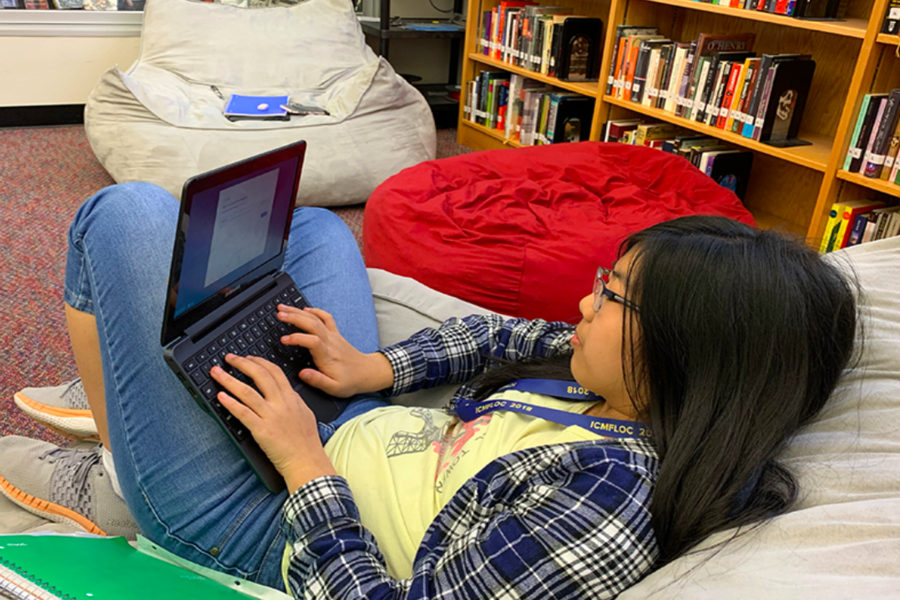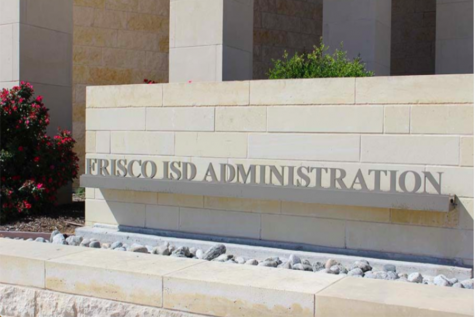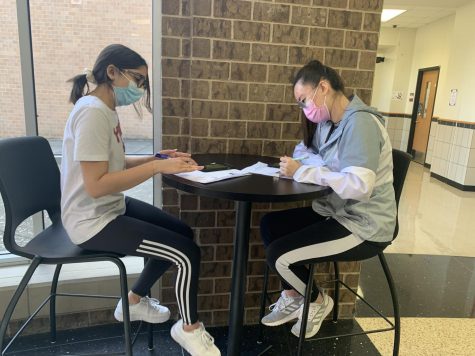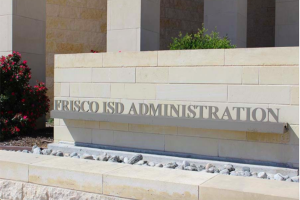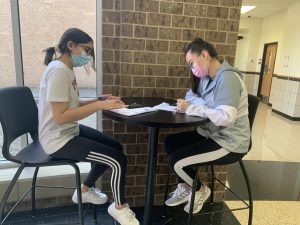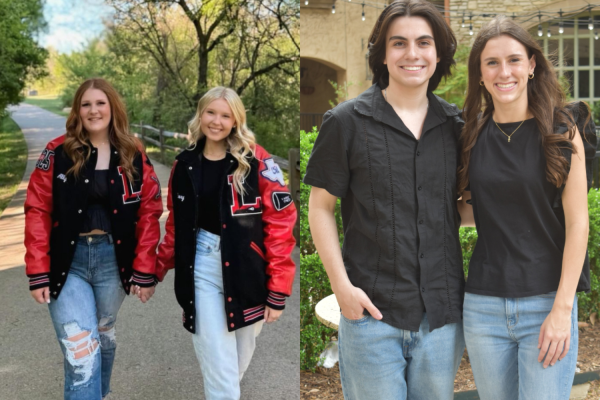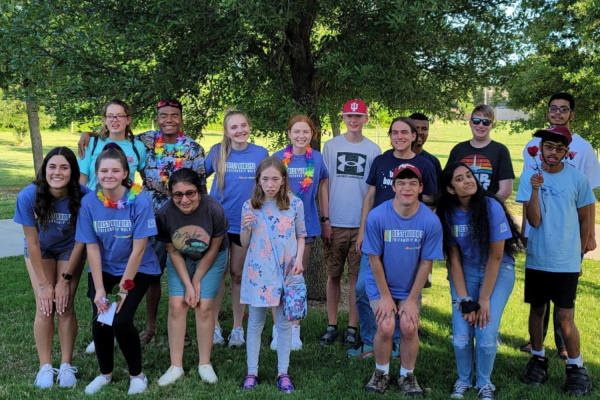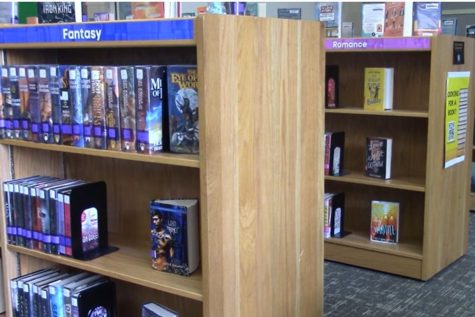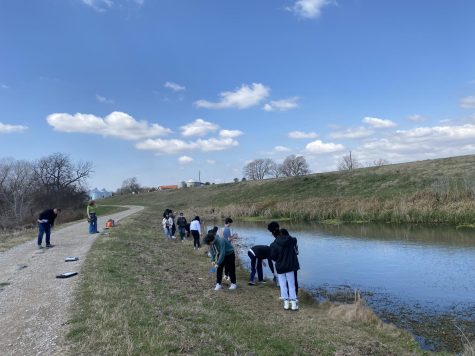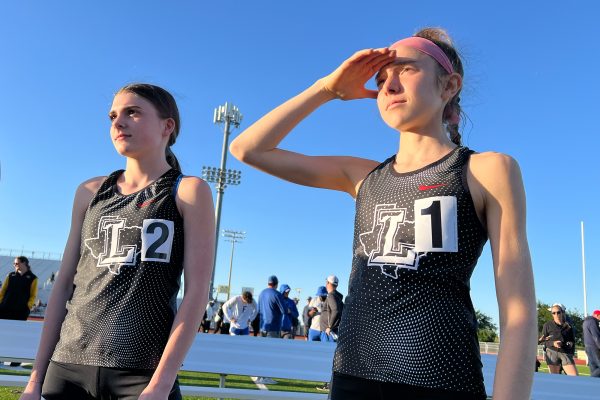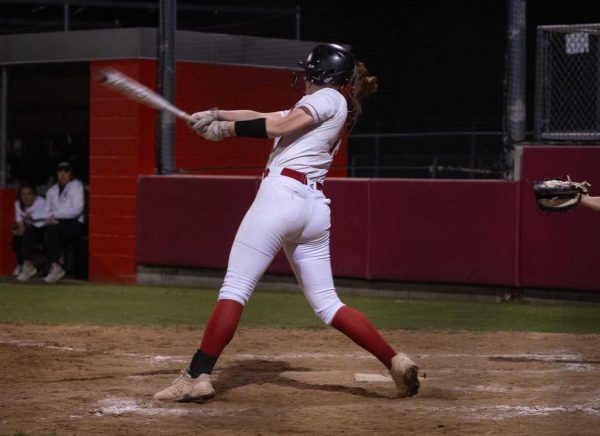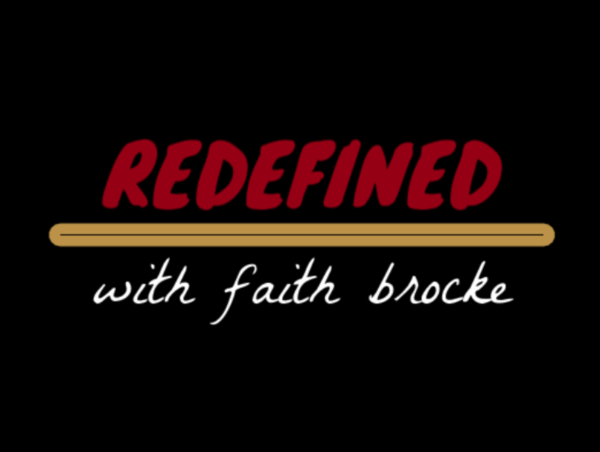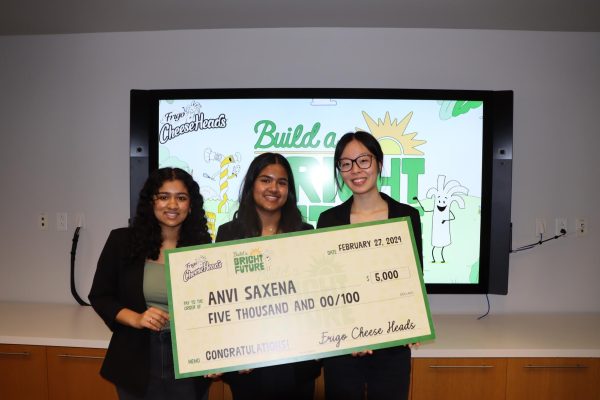FISD+ keeps online learning available to students
The FISD+ program launched this year, and allows students to continue with fully online or hybrid learning. While the program has its benefits and drawbacks, it provides students with flexibility to accommodate the way they learn best.
After the peak of the COVID-19 pandemic, most students returned to school after a year of learning online. However, around 100 students have decided to continue online learning through FISD+, a Frisco ISD program dedicated to online classes that provide students the opportunity to learn from home.
Junior Nicole Azizi attends FISD+. After the COVID-19 lockdown, Azizi realized how much she enjoyed asynchronous learning.
“With FISD+, I am able to make my own schedule which gives me time to develop new hobbies,” she said. “I’ve been able to devote more time to reading, and it has been really nice.”
However, Azizi recognizes the challenges learning online brings.
“Because the learning is all online, I have to rely only on visuals to help me learn,” she said. “Usually, in in-person classes, teachers will use different teaching methods like making projects, posters, or models,”
Because online students stay at home for most of their school day, managing mental and physical health can be difficult. These difficulties can be attributed to the lack of social interaction.
“Because online school is just me staying at home for four to six hours, keeping up with my health is really hard,” Azizi said. “But since I volunteer at the Davis Public Library every Wednesday, I can rely on that to make sure I’m not cooped up in the house all day.”
A large part of the high school experience is the social aspect of it. School events like football games, prom, and homecoming are integral parts of school culture.
“Because I’ve been online for all of my high school career, I’ve never experienced school dances or football games,” Azizi said. “But since I’m pretty introverted, I don’t really mind that much.”
For sophomore Erin Nese, the combination of asynchronous learning and Zoom difficulties was enough to make her quit the program.
“I quit because I realized it wasn’t for me. Everyone was on mute, which made it awkward for the teachers when they would ask questions, and no one would respond,” Nese said. I didn’t like not seeing my friends, and it was just sad [because] it reminded me too much of quarantine.”
Although Nese was registered as a hybrid student, going to school in person for half the day wasn’t enough.
“I kept getting absent in the mornings because I didn’t want to go to school, so I went through FISD+ to have morning classes online, and afternoon classes in-person, so I could still see my friends,” she said. “I thought that this was a good idea, but missing out on half of the day made me dread morning classes.”
Nese can see how online learning could benefit students despite dropping out of the program.
“I think it [could be] a good idea for someone who could make it work for them,” Nese said. “It was half with a teacher and half asynchronous, which gave us time to complete the assignment independently. The teachers were nice and [the classes were] smaller.”
As COVID-19 cases continue to decrease, the number of students in person will increase. But for Azizi, the choice of continuing the online program is still on the table.
“Depending on the circumstances, I may consider going back in person. One thing that is making me think about going back is the courses that are only available to in-person or hybrid students,” Azizi said. “It’s mainly the course’s flexibility that keeps me from quitting.”
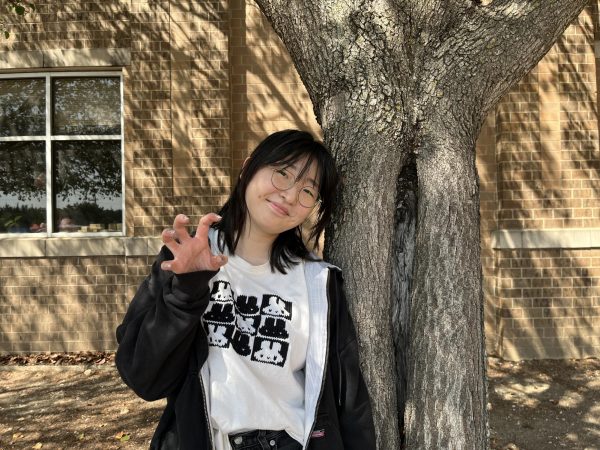
Rin Ryu is a senior entering her third year of Wingspan. Her favorite things include journaling, listening to music, and tigers. In the future, she hopes...



